I have been using sprit rigs for decades and currently have one for my Good Little Skiff and two of them for my Delaware ducker. Of late, sprit rigs seem to have become less popular for small boats than the lug, which is more easily reefed. But there is a lot to be said for a sprit rig, whether boomed or boomless. If set up the way fishermen and hunters once had them, they are ideal for trailerable boats. The sail is laced to the mast and can be dropped into the step, a sheet reeved, and off you go. My sprit rigs live in long, loose, and slippery bags of light fabric. To unpack a bag, I untie it, flick the rig vertical, and pull the bag down; I’m ready to step the mast with everything attached to it. To put the rig away, I lift up the foot and pull the bag on over it, then work it along the bundled sail and spars.
 Ben Fuller
Ben FullerFor transport, a bag sewn of light, slippery cloth keeps the bundled sprit rig compact and not prone to getting snagged.
The key to working with a sail, sprit, and mast—and boom if you have one—is to have it all in a bundle. To create this you need a brail line. As Pete Culler showed us in his book Skiffs and Schooners, a light, slippery line is fixed to the throat grommet, then run to a small brass thimble sewn to the leech and run back to another thimble on the opposite side of the throat, and then down the mast. I use a clove hitch to tie the brail in, a grommet punched to the leech, and a small block or ring at throat. The distance from the peak to the grommet is the same as that from the peak to the throat. If you have a boom, you need a little block of wood on the bottom with a bee hole in it, set at a distance from the boom jaws that’s equal to the length of the sail luff. For a boomed spritsail the brail is run through the bee hole on the boom, not a grommet on the leech, and gathers up both boom and sprit.
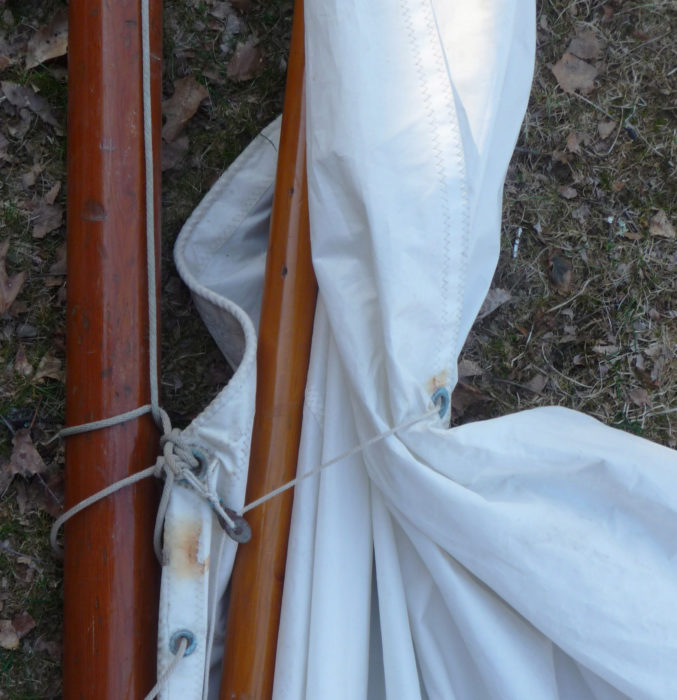 Ben Fuller
Ben FullerA small block tied to the throat sends the brail down along the mast. The sail here is reefed and brailed. Note the throat pennant takes a hitch around the mast before it heads up to be tied to the masthead.
I tie the tail end of the brail to the tack grommet, leaving enough slack in it to let the sail set properly. To furl the rig, haul on the part of the brail that lies alongside the mast, leaving its end tied to the tack. When it has bundled the rig, I clove-hitch the brail onto the tack thumb cleat, which has a thumb just long enough to drop the hitch onto it. I then have enough slack brail to run up the mast and to make a lashing around the bundled sail and spars to keep everything together.
The other key to managing the sprit rig I learned from Joe Liener, and was done by the Delaware ducker and sneakbox sailors: using a peak pennant. This is a light line tied on to the grommet at the peak of the sail and run down the sprit to a rolling hitch or to a small wooden cleat. It keeps the grommet in place on the sprit even when there is no tension on the snotter or indeed if the sprit is out of the snotter completely when doing a nice, tight roll of the sail around the sprit. When you next raise the sail, the peak is ready to go. The peak pennant is long enough so that if you have to scandalize the sail (remove the sprit and fold the sail from throat to clew), you can pop the sprit out of the snotter and pull the sprit down far enough to grab the pennant and not have the peak slip off the sprit and flap out of reach.
The major objection that many have to the sprit rig is that it is hard to reef and that when it is reefed, it doesn’t set right. This can be fixed. Some people use multiple thumb cleats or relatively sticky line to lower the snotter on the mast so that the sprit can continue to bisect the peak, as it must for the sail to set right, when the sail is lowered. Sliding the snotter down the mast probably worked well in the days of manila, but today’s synthetic lines are slipperier. Since I don’t want to have an extra thumb cleat on my mast, I use a snotter pennant, a light line that has a loop to slip over the snotter’s lone thumb cleat, and a tail end that is tied to the snotter’s wrap around the mast.
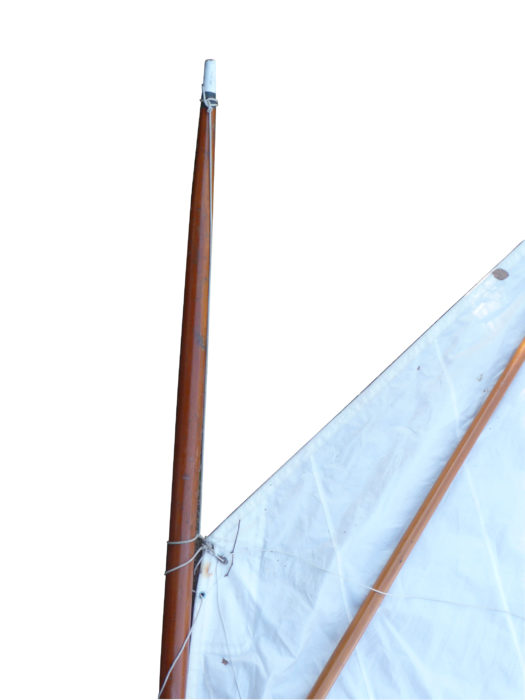 Ben Fuller
Ben FullerA pennant for the throat takes the place of a halyard and requires the rig to be lowered to reef the sail.
Lowering the sprit can create a problem on some boats if the butt of the sprit hits the deck or gunwales. This is easily solved by using the peak pennant. The grommet normally rests on the shoulders of the sprit, but if the grommet is large enough, it can be turned to a right angle to the sprit and can be slid past the shoulder. The peak grommet needs to be big enough so it can be slid a foot or two down the sprit. Then you can run the sprit up past the peak far enough so that its butt doesn’t hit the deck. The peak pennant runs up to the sprit shoulder and is clove-hitched there. If the grommet is too small to slip past the sprit’s shoulder, you can loop the pennant around the sprit, thread it through the peak grommet, and then tie it off on the sprit’s shoulder.
I only reef the spritsail on my skiff about 10% of the time or less, so to keep the rig simple, I don’t use a halyard. A throat pennant ties the sail to the masthead. It’s another bit of light line, this one somewhat longer than the depth of the reef.
If I need to reef, I’ll brail the sail, unstep the mast, and drop the whole rig in the boat. This has lots of advantages. Instead of standing up and bouncing around, I am nice and stable, just lying a-hull; I may even have a cup of coffee from my Thermos. I untie the throat pennant, pull slack in the luff, and tie the luff tack cringle to the sail’s tack. To reduce the number of lines, my tack lashing is an extension of my luff lace line that is clove-hitched to the throat, then spiraled down the mast through the luff grommets. It is clove-hitched to the tack, then looped around the mast under the tack thumb cleat, then clove-hitched again to the tack. The tail end has enough extra so I can use it to lash the throat reef cringle to the throat so I don’t need an extra line. I then pull on the throat pennant to tension the luff and clove-hitch it to the masthead.
Having dealt with the luff, I shift the snotter down but don’t hook the sprit back in yet. I hook the snotter pennant over the snotter thumb cleat and half-hitch it to the snotter loop on the mast. If you frequently reef, the snotter pennant can be permanently lashed to the snotter, measured to the correct length, and a loop tied in to hook over the thumb cleat. (If you leave this in place, you have an extra line where you need it when you lash the bundle together for transport.) Then, after you’ve lowered the snotter, if needed, slide the peak grommet down the sprit and tie the peak pennant to the sprit shoulder. Hook the sprit’s bottom on to the snotter and set the snotter just tight enough so the sprit doesn’t come loose. Tie in the reefpoints. Restep the mast. I set up my rig so that I just relead the sheet into the reefing clew, leaving a bit of slack at the end of the gathered foot of the sail which hangs down a little, but you can use a clew line or pennant to lash the reefing clew to the sail’s clew so you don’t need to shift the sheet. Tighten the snotter, cast off the brail, and go sailing.
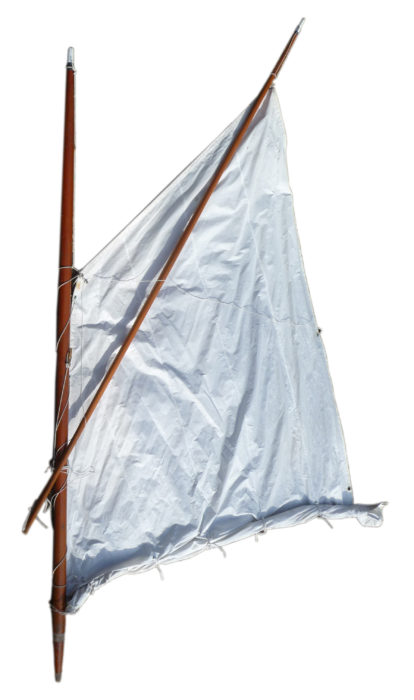 Ben Fuller
Ben FullerPennants for the peak, throat and snotter allow the spritsail to be reefed and hold a good shape.
My skiff’s sprit sail is about 75 sq ft, as is one of my ducker rigs. I don’t race these boats, so I don’t need lots of parts to the mainsheet; I can give the boat a bit of luff if I can’t pull hard enough to haul the sheet in. For the skiff, I make the mainsheet off on one quarter knee, then just run it through the clew grommet, and back to a turning block on the other quarter knee. I have a half pin protruding down from a hole in the sternsheets set up so I can take a turn around it and use a slippery hitch to make it fast (something I learned as the doryman’s hitch). Having the sheet run through a grommet rather than a clew block creates a bit of friction that makes it easier to hold. For the ducker, there is a block lashed to the boom with a sheet that comes up from a becket block (I use a modern ratchet block) that is snap-shackled to a pad-eye fastened to the plank keel.
Boats that I have rigged with lugs are easier to reef, but there are more pieces to the rig package and masts are relatively longer. The sprit’s simplicity is compelling for boats that are frequently launched and recovered, and rarely reefed. And walking down to your boat, boots on, oars and rig on one shoulder, bag with lunch and foulweather gear in the other hand takes you back a century or so to a simpler time.![]()
Ben Fuller, curator of the Penobscot Marine Museum in Searsport, Maine, has been messing about in small boats for a very long time. He is owned by a dozen or more boats ranging from an International Canoe to a faering.
You can share your tricks of the trade with other Small Boats Monthly readers by sending us an email.
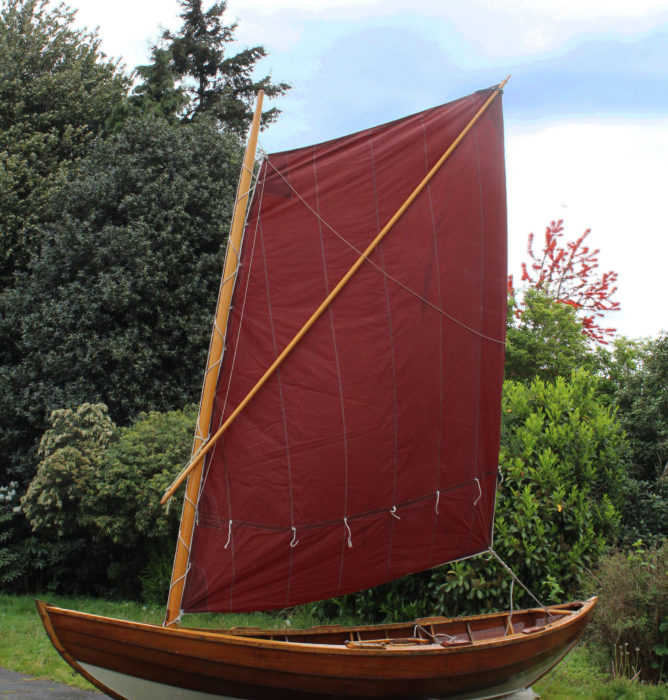

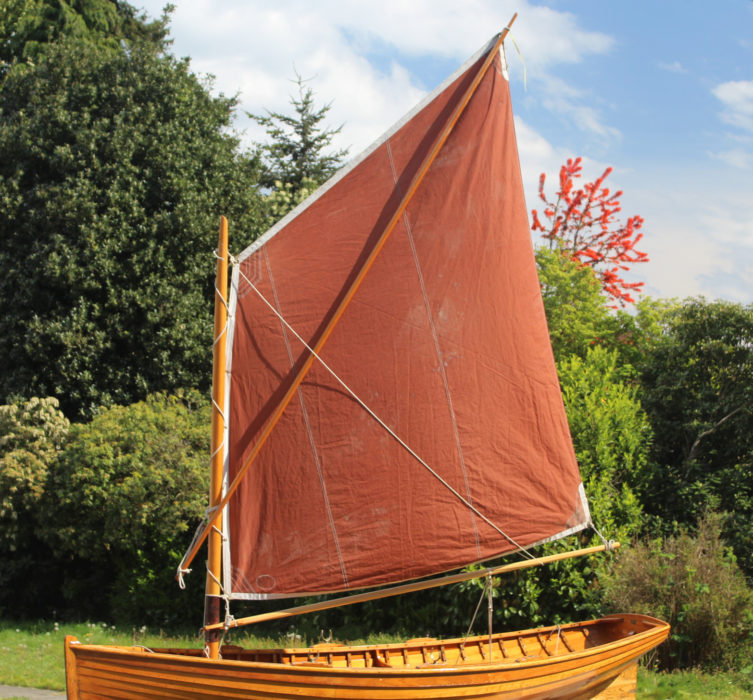
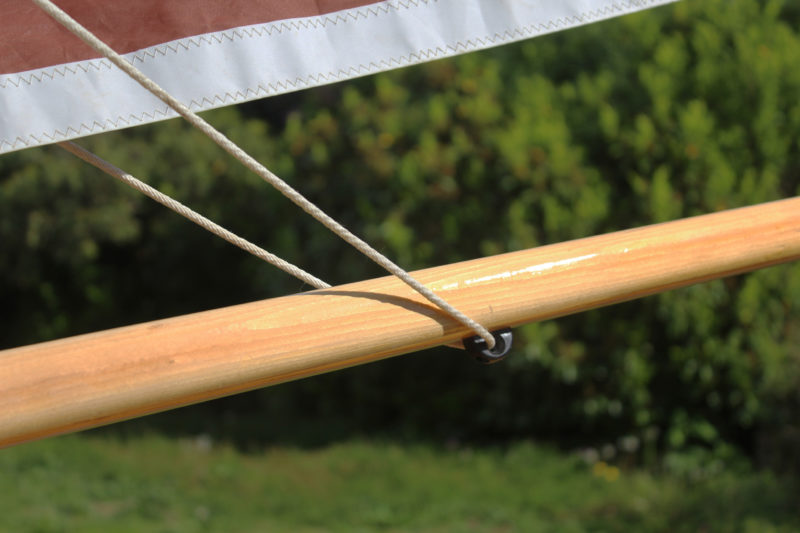
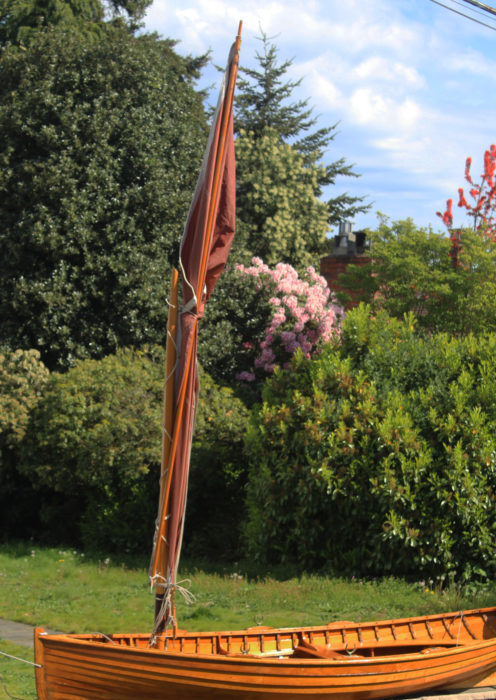
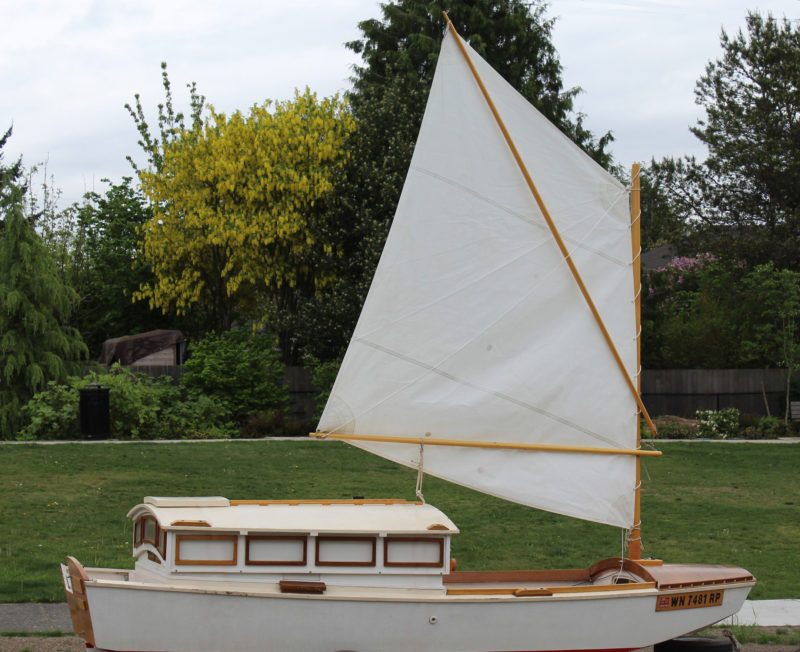
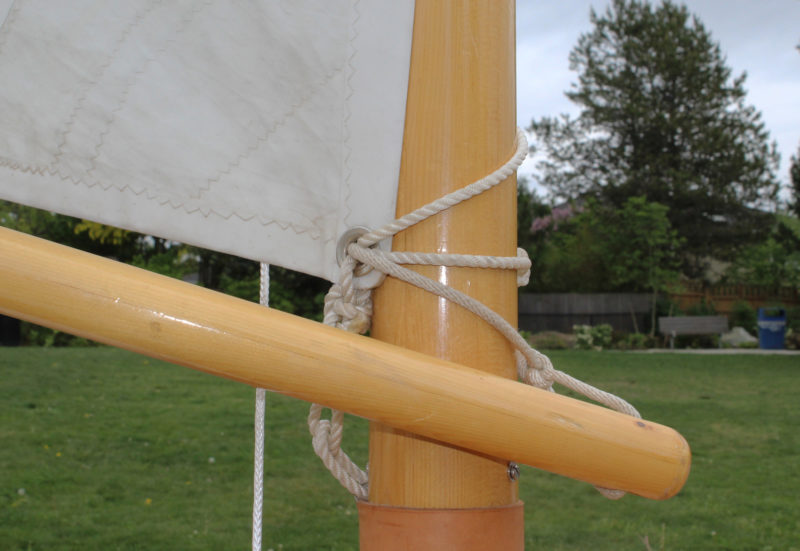

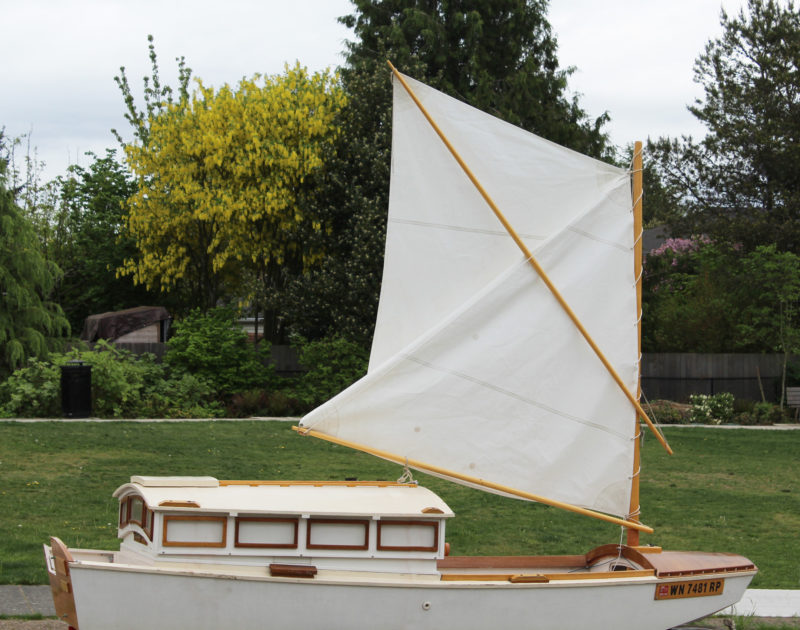
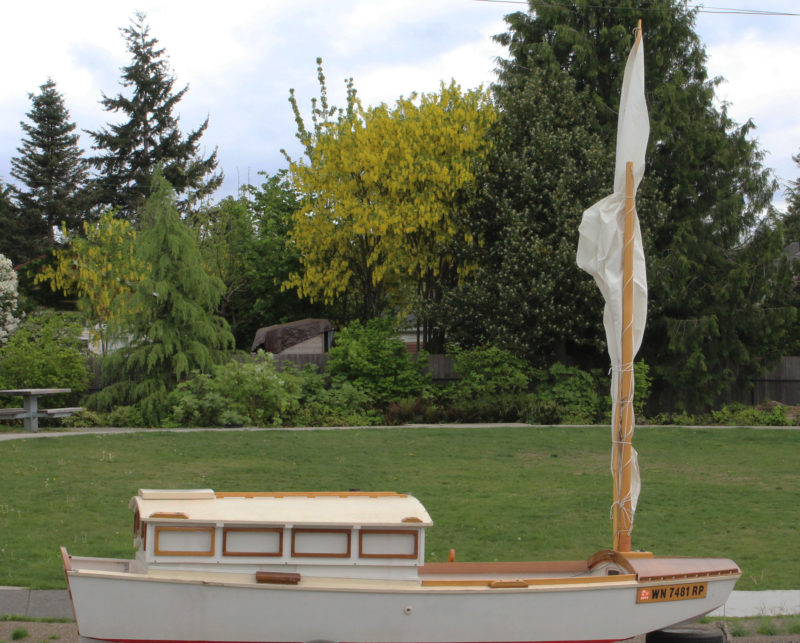
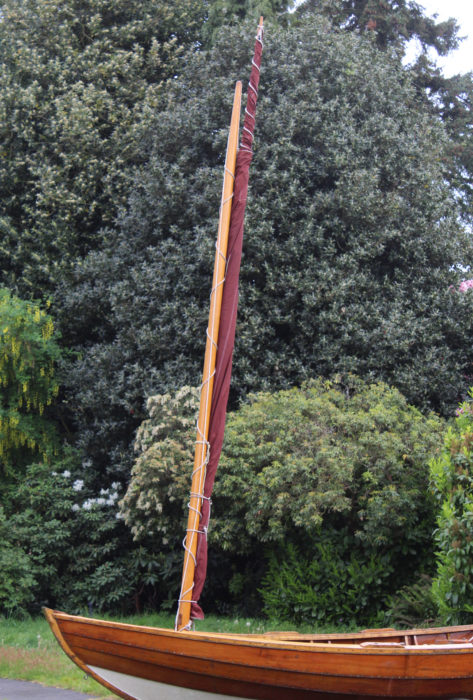
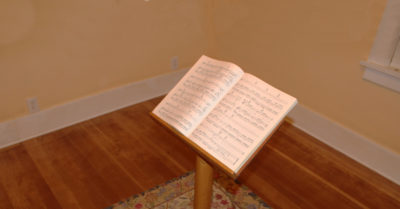
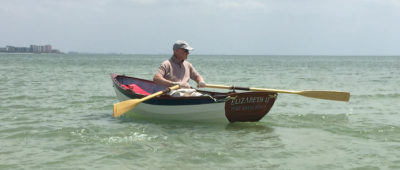
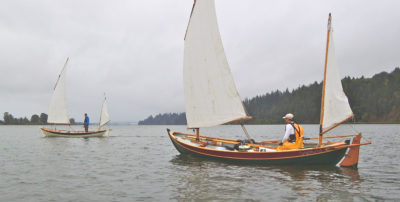
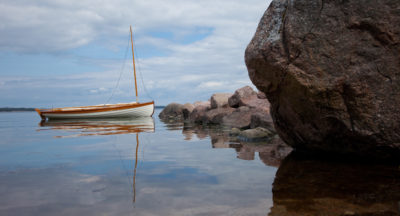
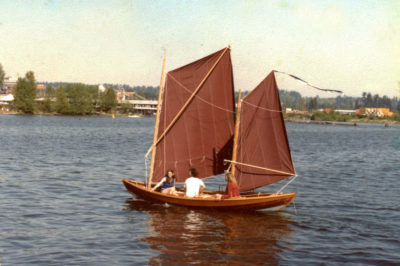
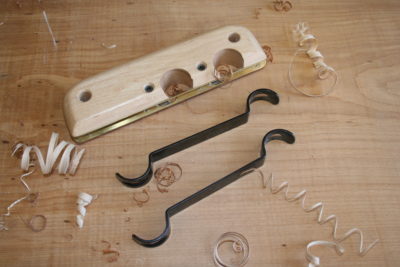
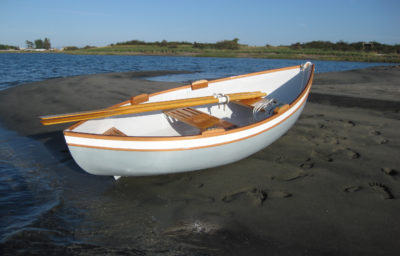
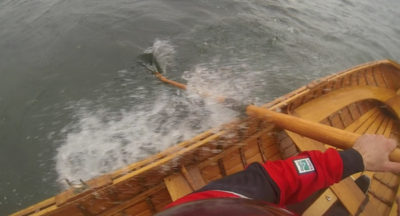
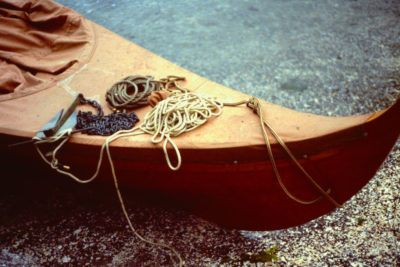

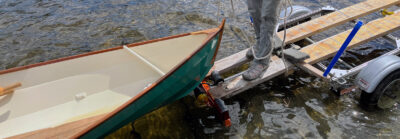
I’d sure like to see more about that nice “barge boat,” for lack of a better name. In a power format it could serve the needs of my future “home on wheels,” that is, something I can tow behind a regular car, and sleep and eat in while on the way both on the road and on the water. That’s a nice boat. Maybe you would consider a follow-on article about that. I’m not much interested in sail power—I had some bad and dangerous experiences. Thanks for sharing.
You can get a glimpse of the boat in my article “San Juan Island Solo.” The hull is a garvey form that was inspired by a pedal-powered boat designed by the late Phil Theil and the rest of the boat I made up as I went along, making sketches and mocking up interior arrangements.
Jim –
The Cunningham cruising boat is a very nice, practical cruising solution. For kit-boat alternatives, check out Fred Shell’s schooners or schooner cat.
I have a sprit sail on my 60 year old “launch” and know a fair bit of the language of boats but most of this went over my head (as the boom should).
This all is a lot easier if you lay the rig down on the ground and walk around looking at the corners. When I do this is a workshop, comprehension ensues. Have fun.
Ah heck, if it is that windy that you are considering reefing, do what the old timers did. Just pop out the sprit, chuck it in the boat and keep sailing. It’s simple, easy and you’ll make it home safely.
I learned to sail on the spritsail-rigged Seaford Skiff RORO now in Mystic Seaport. I currently volunteer as captain on SPIRIT OF ROANOKE ISLAND, a spritsail-rigged shadboat at the Roanoke Island Maritime Museum in Manteo, North Carolina.
I agree. My ducker has no reef points at all. The peak pennant is still real handy. Once the peak is unshipped you have a handy bit of line to tie the peak down to the tack to keep everything from flapping around.